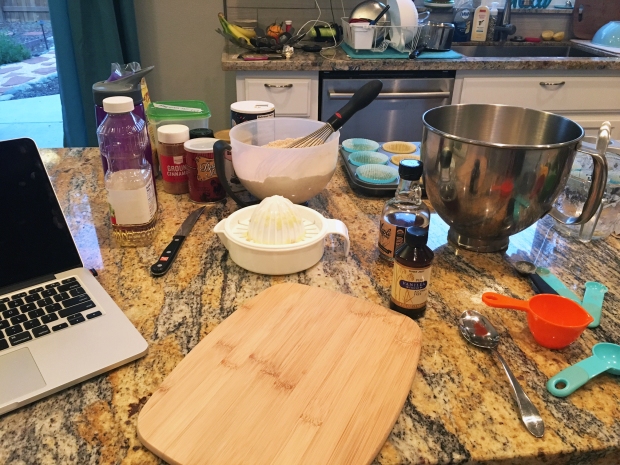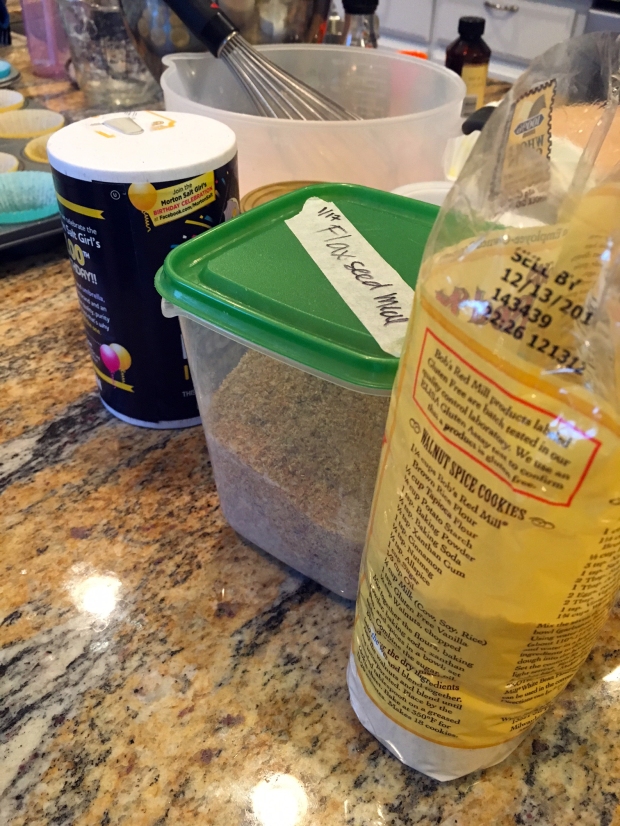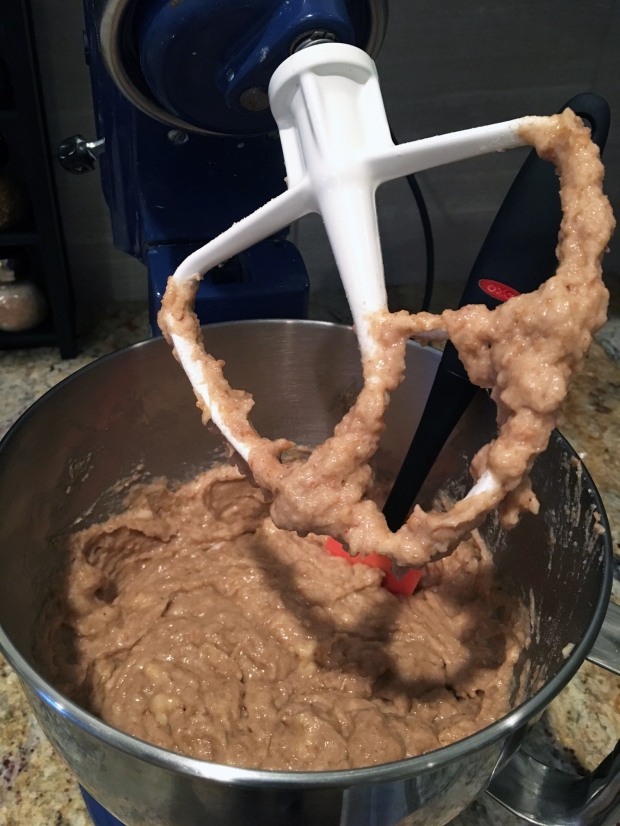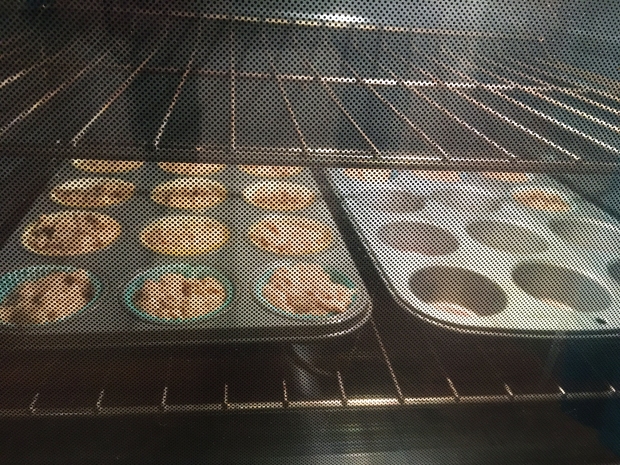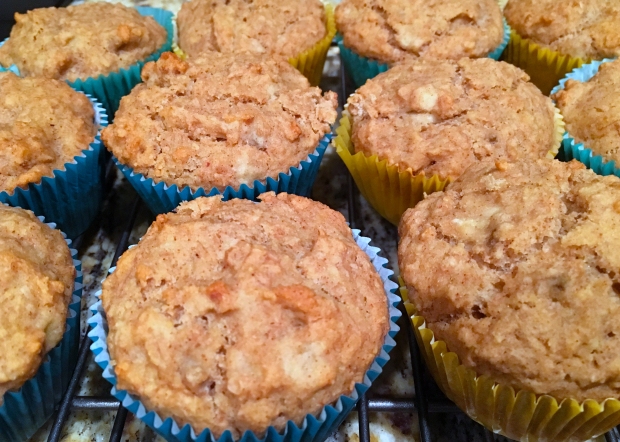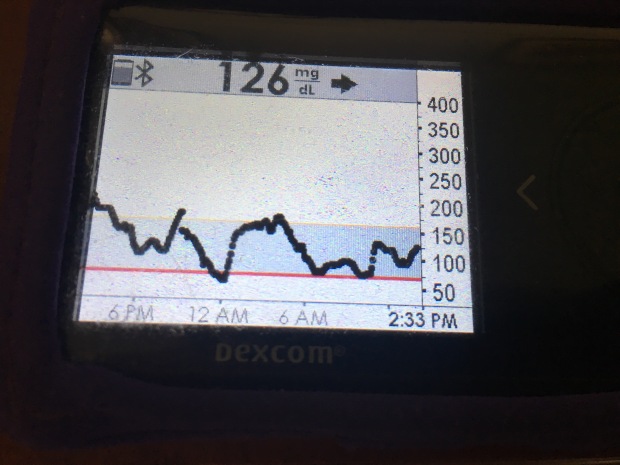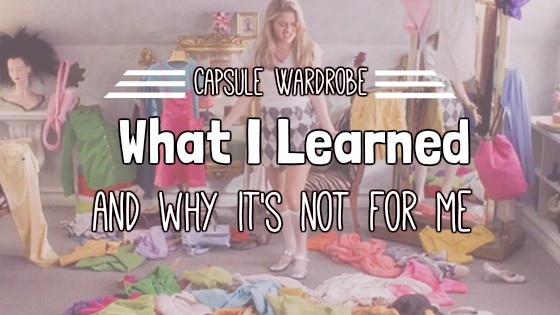
I received notice that my dance team is taking a break for the summer, so I have this insane amount of “free time” in the evenings for a couple months. And I say “free time” because I am too tired to do anything productive. Toddlers are exhausting.
Reading wasn’t always a pastime, especially if I danced six days a week. However, since that has slowed down, I need more productive things to do in lieu of scrolling through Facebook all night.
Here is what I’m currently reading, have read recently, or have in my queue to start.
- Life Is Short, Laundry Is Eternal: Confessions of a Stay-at-Home Dad by Scott Benner. Scott is one of our own DOC members, but I’ve never picked up his book until now. His viewpoint on D-parenting is spot on — all while bending gender norms. The couple chapters on Arden’s diagnosis hit me hard, as I would expect them to, and shed some more light into caregiver struggle.
- Bright Spots and Landmines by Adam Brown. Another one of our “own.” Adam just published this book and is offering a free/name your price PDF download via DiaTribe. The proceeds go to the DiaTribe Foundation. Or you can pick up the Kindle or Paperback version for next to nothing. I enjoy personal accounts rather than clinical accounts when it comes to diabetes, so I’m looking forward to this one.
-
Oh Crap! Potty Training: Everything Modern Parents Need to Know to Do It Once and Do It Right by Jamie Glowacki. Not a diabetes book, but definitely a parenting book. Bean is just over two and a half and started showing interest in using a potty a couple months ago. I didn’t follow this method to a tee, but I tried to stay as true to it as possible (like ditching diapers cold turkey) and I return to it when we are struggling. We aren’t there yet by any means, but the intent is there. Potty training sucks, though.
- The Handmaid’s Tale by Margaret Atwood. I haven’t started this one and I’m trying to prep myself for it. I never read it in high school (could have been the whole Catholic school thing…) I know it’s dystopian fiction, but I just feel like I’m going to be extremely pissed off and uneasy through the process. Nothing changes by being comfortable, right? And no, I don’t have a Hulu subscription, so I’m not watching the series. Would prefer to read it first.
-
Strangers in Their Own Land: Anger and Mourning on the American Right by Arlie Russell Hochschild. I’ll be honest – I finished this up about a month and a half ago, but I’m adding it because even I can’t realistically read five books at a time. In a search for more nuance and understanding of people I don’t agree with politically, I picked this up based on the recommendation from the podcast I listen to. This book, while a struggle to not to scream at every person interviewed, attempts to empathize with citizens residing in the deep south. Great for exiting your echo chamber if you swing leftward.
Happy reading! Enjoy your weekend.
Disclosure: There are affiliate links here. Clicking and purchasing the items listed do provide me a small commission. All thoughts are my own, however.






